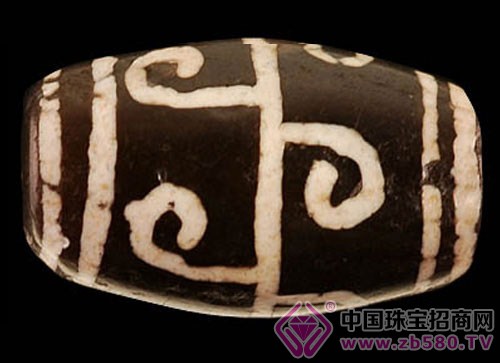Ancient beads, the jewels of the ancient nobles, circulated through trade channels. Its charm can't be copied, people wear it on the body, it is more tasteful, let us enjoy it now! The early beads came from a French cave in the 38,000-year-old BC and belonged to the Neanderthals. The Neanderthals are actually not our ancestors. They are rather cumbersome and are erects who develop on another line. Archaeological data show that Neanderthals used flowers and beads to bury them in the tombs. They have enough knowledge of death and expressed this understanding. Between two and fifty thousand years, they were replaced by new wise men who are closely related to our modern people. In a cave overlooking the Indian Ocean in Blompos, South Africa, the Beads of the Stone Age were discovered about 75,000 years ago. They have artificial perforations, which may be the oldest ornament to date. Perhaps with the new archaeological findings, this record can be pushed forward. The early beads that can be based on archaeological strata in China belong to the cavemen of Zhoukoudian in Beijing from 18,000 to 20,000 years ago. Their decorations are some beast teeth, bone tubes, shells, gravel, small stone beads, and some are also decorated with ochre pigments. In the Paleolithic caves from 12,000 to 15,000 years ago in Puding County, Guizhou, artificially perforated beast teeth were also found for wearing. We don't fully understand the true meaning of these decorations, and perhaps they have spiritual and religious functions in addition to beauty. They may be symbols of identity or represent certain beliefs. For example, cavemen not only have tombs, but also hematite powder and some funerary objects with ochre pigments around the skull and torso of the deceased. Red is one of the colors used by humans in the early days. The properties of meteorites are relatively stable, while cinnabar and realgars change color at high temperatures and disappear with increasing temperature. Therefore, prehistoric painted pottery mostly uses vermiculite as a paint pigment. The practice of using cinnabar in tombs has continued from prehistoric times to our Han dynasty. This burial custom may be due to the discovery of the antiseptic effect of cinnabar. The reason why earlier ancestors used red minerals may be more psychological and spiritual, perhaps because the colors of hematite and cinnabar are reminiscent of blood, which symbolizes both life and death. We can see the beads in archaeological materials and graves in different parts of the world. Whether it is prehistoric or civilized society, different people invariably perforate certain materials that they can use for wearing, decorating and even some Kind of symbol. Anthropologists, archaeologists, historians, and even psychologists have had many interesting speculations about these ancient human decorative behaviors. Perhaps some theories can be used to explain the origin of decorations such as beads. For example, anthropologists believe that the early production of beads is the materialization of human abstract thinking, which shows that humans have been able to use symbols to express meaning. That is, the empty symbols are associated with a specific meaning, and then used for a certain belief or identity difference. After entering civilization, it becomes a social level of identification and symbol, or as a talisman and other various functions. Printed Shirt Fabric,Digital Printed Fabric,Print Fabric For Shirt,Print Shirt Fabric Mens Shaoxing City Yongteng Textile Co., Ltd. , https://www.yongtengtex.com